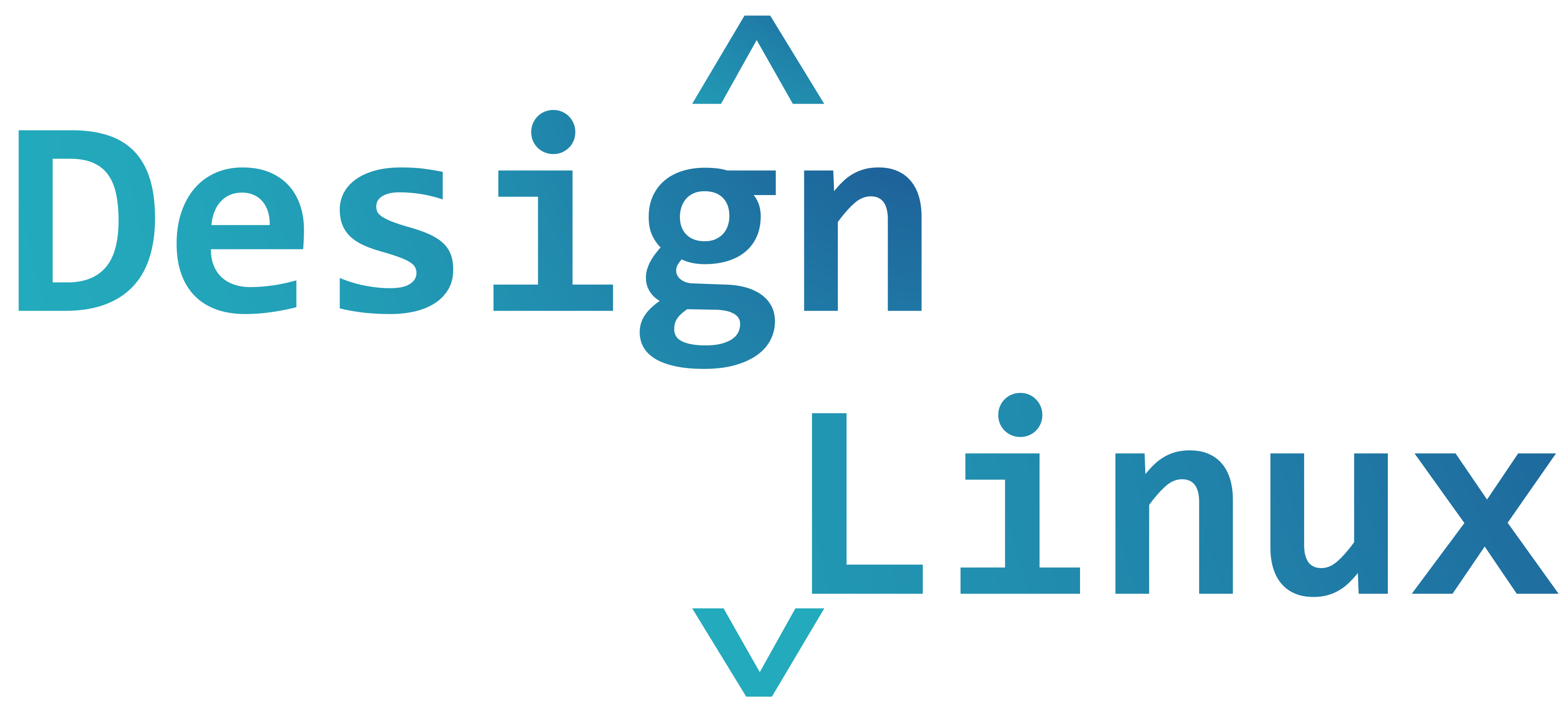
Debian 11, also known as Bullseye, is the latest version of Debian with some exciting and important changes in Debian version 10.
If you want to upgrade your Debian version without getting frustrated, you are in the right place as I will share the simplest upgrade method. So, without wasting a second, let’s do it!
Prerequisite
- Create a backup of the entire system, including data and files.
- Remove all system packages that are not part of your current Debian.
- Avoid running applications during the process.
- Make sure to have a good internet connection.
Upgrade Debian 10 buster to Debian 11 bullseye
Here’s the step by step guide for upgrading your Debian to the latest version:
Step1: Update your System
In the first step, it’s essential to ensure that all pre-installed packages are up-to-date. Oh! Are all packages not up to date? Don’t worry.
Run this command to upgrade the packages:
sudo apt update && sudo apt upgrade
Now, install the GCC-8-base package by issuing this command
sudo apt install GCC-8-base
Verify the currently installed version of Debian by viewing the output of the given command
cat /etc/os-release
Step 2: Replace the Debian 10 Repository with Repository 11
Edit the source.list file for replacing the current addresses with bullseye-specific. For editing source.list file, you can use nano editor
sudo nano /etc/apt/sources.list
Add # pound character before all links of repositories to disable previous entries.
Add these lines at the end of the source file:
deb http://deb.debian.org/debian bullseye main contrib non-free
deb http://deb.debian.org/debian bullseye-updates main contrib non-free
deb http://security.debian.org/debian-security bullseye-security main
deb http://ftp.debian.org/debian bullseye-backports main contrib non-freeThen save the file and exit the nano.
Step3: Verify Source List Configuration
Now update the system repository with this command sudo apt update for verification.
If everything goes well and no error message is found, you have successfully upgraded the source.list file.
Step4: Upgrade the System to Debian 11
This is the final step, and you can upgrade the pre-installed packages to the latest version with this command:
sudo apt full-upgrade
During this process, you will see some prompts. To continue the process, follow the steps mentioned in the prompt.
Then your system will ask for permission to download and install the latest packages, Type yes, and press enter. Also, make sure that your system remains awake until the process is done.
Step5: Restart the System
After upgrading, restart your system to finalize the process by this command:
sudo reboot
Step 6: Confirm the New Version
Run the command to check the current version
cat /etc/os-release
Check VERSION_ID If it is 11, then Enjoy the latest Debian.
Verdict!
You might have noticed that there’s no more Debian releases coming out this year as the community decided to freeze time for a couple of months for security and stability reasons.
It is because there are still some important changes and fixes that need to be pushed upstream, which will certainly introduce some new bugs in the process, so it’s better to proceed with caution and give the developers more time for testing.
Still, if you encounter any difficulty or error, visit their official blog guide and get all your queries solved.
